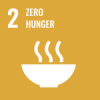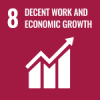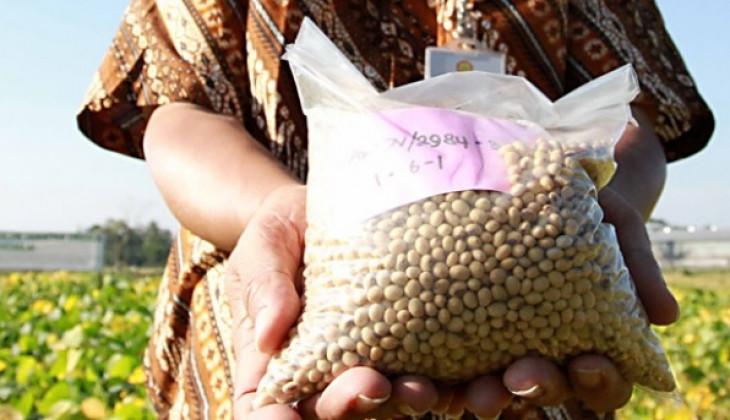Early in 2021, several national problems emerged, such as the increase in the Covid-19 case, which forced several regions to re-implement the PSBB (2020 Indonesia large-scale social restrictions) and caused soybean losses as well as increased soybean prices on the market. The cause of this problem, among others, is suspected to be the condition of the soybean supplying country affected by La Nina, strikes, and a surge in demand from China.
Dr. Subejo, Lecturer at the UGM Faculty of Agriculture, assessed that this condition was predictable by looking at the conditions of Indonesia’s soybean consumption and production. First, the need for soybeans is increasing continuously with the increase in population. Moreover, soybeans have become the raw material for tempeh and tofu, which are daily side dishes for various communities in Indonesia.
“Data from the Ministry of Agriculture (2018) shows a trend of increasing soybean consumption per capita/year, namely in 2017 from 8,776 kg/capita/year to 8,857 kg/capita/year in 2018. With the growing need for soybeans as a direct raw material for food products as well as raw materials for various food products, the dependence on soybeans is increasing too,” he said, Wednesday (20/1).
The second thing highlighted by Subejo was the fact that national soybean production tends to decline or stagnate. Historically, he said that Indonesia achieved self-sufficiency in soybeans in the 1990s, when soybean production was more than 1.5 million tons/year. However, in line with the increasing demand and various production problems, the national production capacity is stagnant, even in some years it is less than 900,000 tons/year. Finally, in 2020, production was close to 1 million tons, but it is still far from the national demand, which is more than 2 million tons/year.
Subejo added that soybean production does not receive much attention, either from the government or farmers in Indonesia. This is because, according to them, soybeans are considered less profitable and attractive, both in terms of price and production capacity. Local soybean products are also challenged against cheap imported products as they are subsidized from the producing countries and welcomed by the government and the local distributors.
Geographically, Subejo explained that Indonesia’s production capacity as a tropical country cannot fully compete with production capacity in a four-season country. The average soybean production in Indonesia is less than 1.5 tonnes/ha. In four-season countries, soybean production can reach more than 2 tonnes/ha, some even an average of 3 tonnes/ha.
Therefore, Subejo said that now is the right moment for the central government and regional governments, including villages, which have potential agricultural land to provide infrastructure support, post-harvest support, and an efficient trading system to revitalize the national soybean production capacity.
“If the soybean revitalization policies and programs are carried out in an integrated manner from upstream to downstream aspects, it seems very prospective to solve the problem of soybean import dependence. “If the dependence on imported soybeans decreases, price shocks on the international market will be relatively less disruptive to soybean prices in the national market,” he explained.
Subejo said that the ministry of agriculture can start by cooperating with universities to continue to develop various superior soybean seeds in line with regional/local conditions. Also, support for incentives and good trading systems need to be encouraged.
Another important thing, according to Subejo, is the need to limit soybean imports so that it will push up local soybean prices and in turn will encourage increased national production capacity. Extension to farmers and intensive assistance is also important so that farmers’ adoption of prospective new varieties of soybeans can be quicker and production stability can be maintained.
“Several national superior soybean breeding results show quite prospective results with productivity above 2 tonnes/ha. One of them is Mallika black soybean which was introduced by UGM. The government needs to adopt soybean seeds with high production potential with the support of infrastructure, inputs, and a more efficient marketing system. This will be very prospective in raising local soybean prices. Thus, soybean production becomes more competitive and on the other hand, dependence on imported soybeans is decreasing,” he concluded.
Sources: https://www.ugm.ac.id/id/berita/20644-pakar-ugm-produksi-kedelai-nasional-perlu-direvitalisasi



